J.M. Berty (Eds.)9780444828231, 0-444-82823-0, 0-444-82823-0
The field of reaction engineering required new tools. For kinetic and catalyst testing, the most successful of these tools was the internal recycle reactor. Studies in recycle reactors can be made under well-defined conditions of flow and associated transfer processes, and close to commercial operation. The recycle reactor eliminates or minimizes the effect of transfer process, and allows the remaining ones to be known.
Features of this book:
• Provides insight into a field that is neither well understood nor properly appreciated.
• Gives a deeper understanding of reaction engineering practice.
• Helps avoid frustration and disappointment in industrial research.
This book is short and clear enough to assist all members of the R&D and Engineering team, whether reaction engineers, or specialists in other fields. This is critical in this new age of computation and communication, when team members must each know at least something of their colleagues’ fields. Additionally, many scientists in more exploratory or fundamental fields can use recycle reactors to study basic phenomena free of transfer interactions.
Table of contents :
Content:
Preface
Pages xi-xx
Introduction
Pages 1-4
Effect of scale on performance Original Research Article
Pages 5-28
Experimental tools and techniques Original Research Article
Pages 29-52
The recycle reactor concept Original Research Article
Pages 53-80
Experimental systems and methods Original Research Article
Pages 81-98
Executing the experiments Original Research Article
Pages 99-114
Kinetic measurements Original Research Article
Pages 115-143
Virtual and real difficulties with measurements Original Research Article
Pages 145-161
Reactor design Original Research Article
Pages 163-183
Thermal stability of reactors Original Research Article
Pages 185-207
Postscript
Page 208
Literature
Pages 209-218
Appendix summary
Pages 219-223
Appendix A: The UCKRON-1 test problem
Pages 225-226
Appendix B: FORTRAN program for the exact solution
Pages 227-228
Appendix C: Calculation of operating conditions and transport criteria in the rotoberty®
Pages 229-234
Appendix D: UCKRON test data from excel
Pages 235-240
Appendix E: Regression of results from preliminary studies
Pages 241-245
Appendix F: Chemisorption
Page 247
Appendix G: Calculation of kinetic constants
Pages 249-250
Appendix H: Reaction rate
Pages 251-253
Index
Pages 255-260
Studies in surface science and catalysis
Pages 261-268
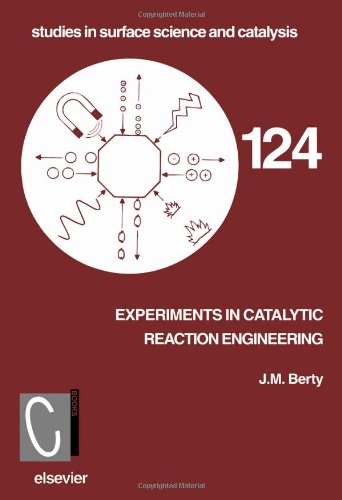
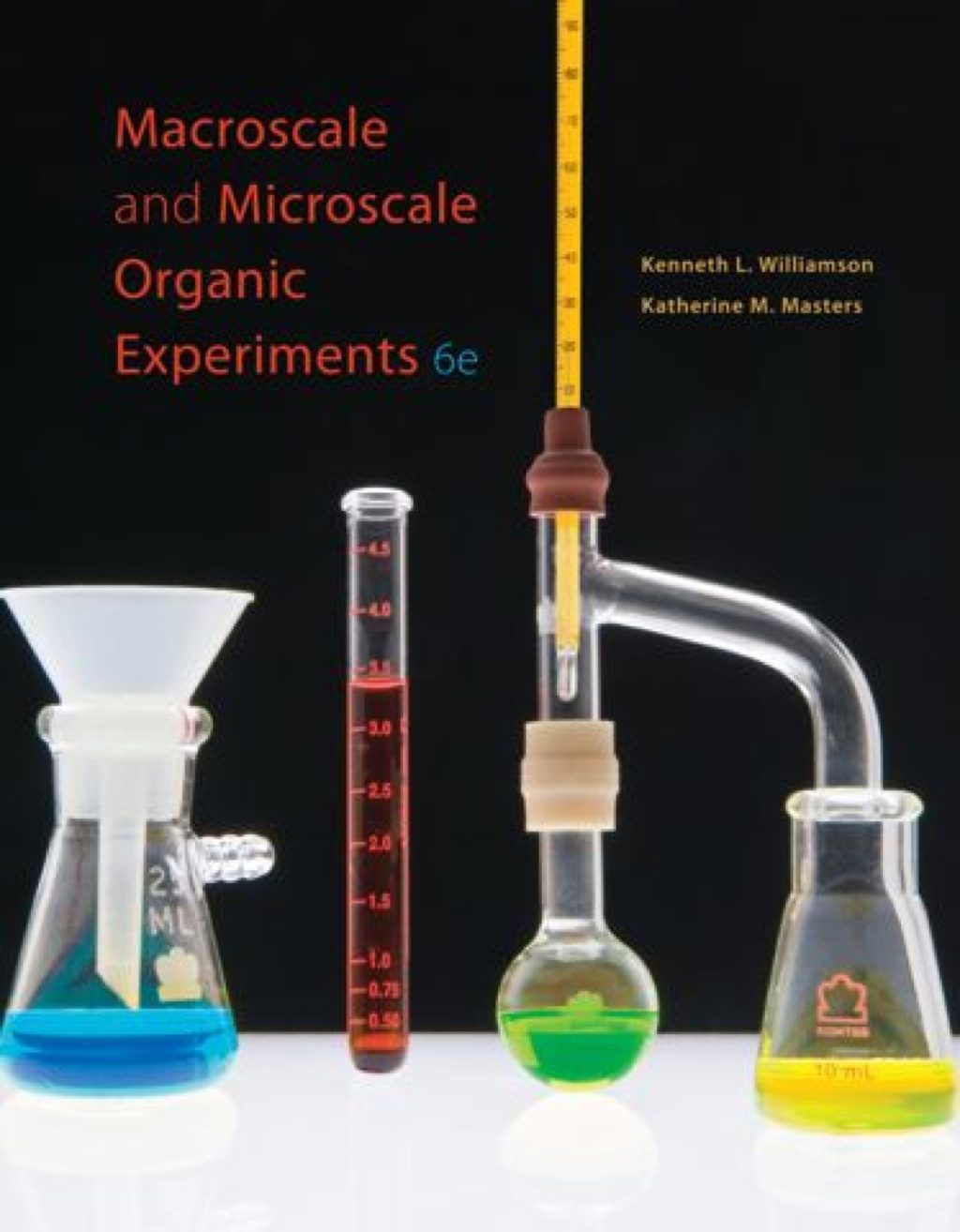

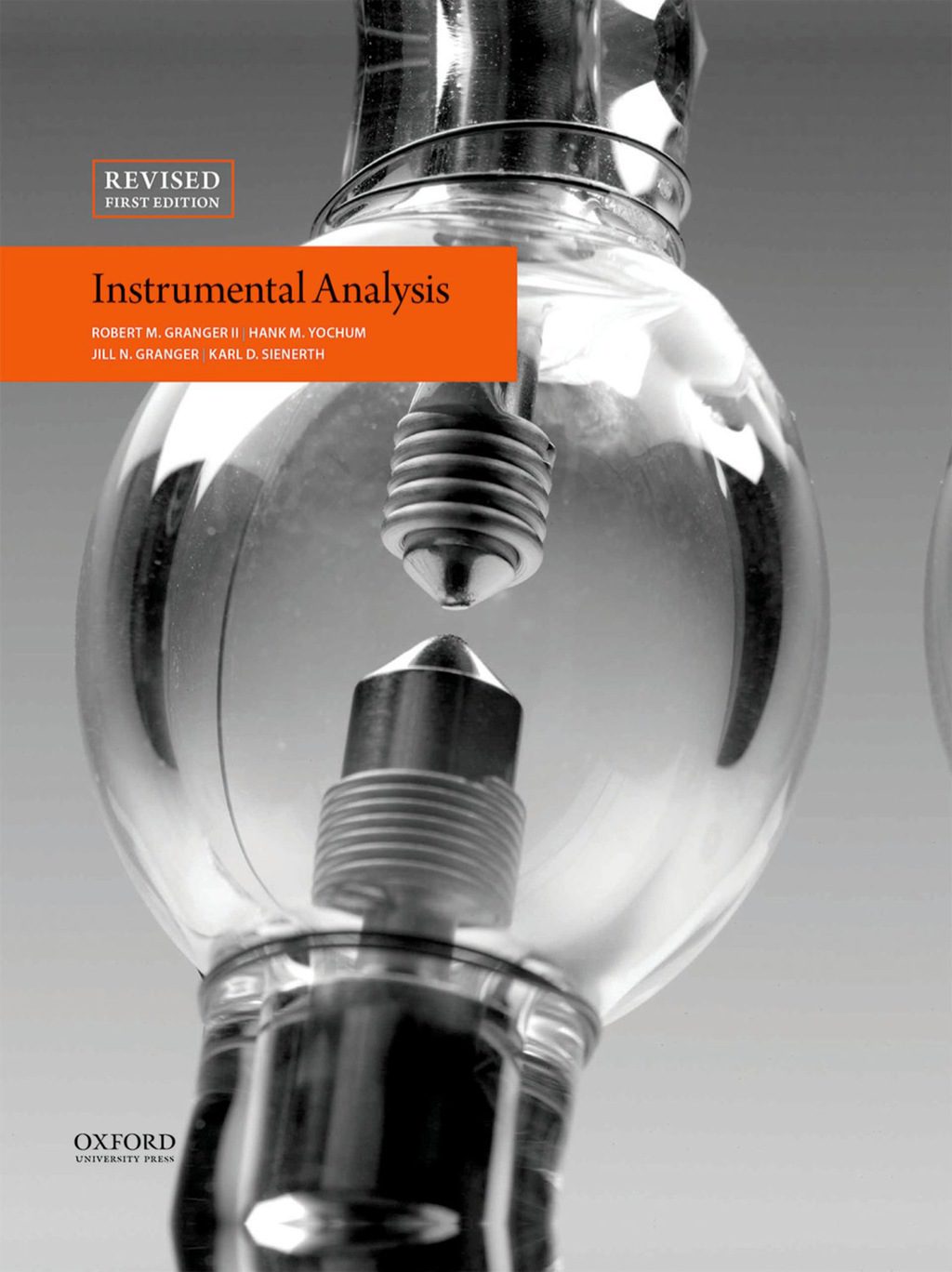
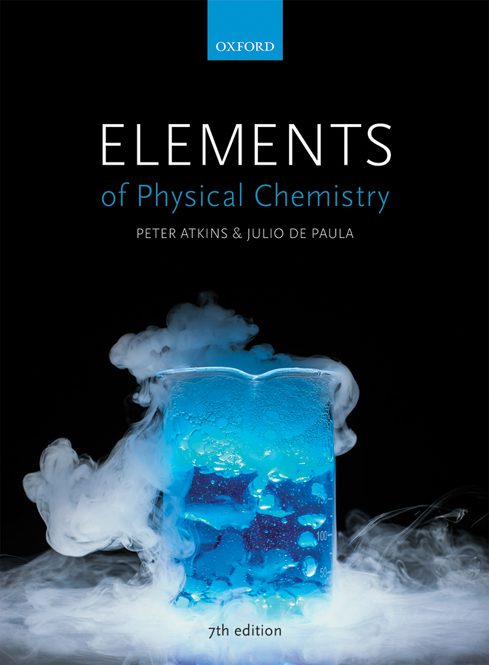
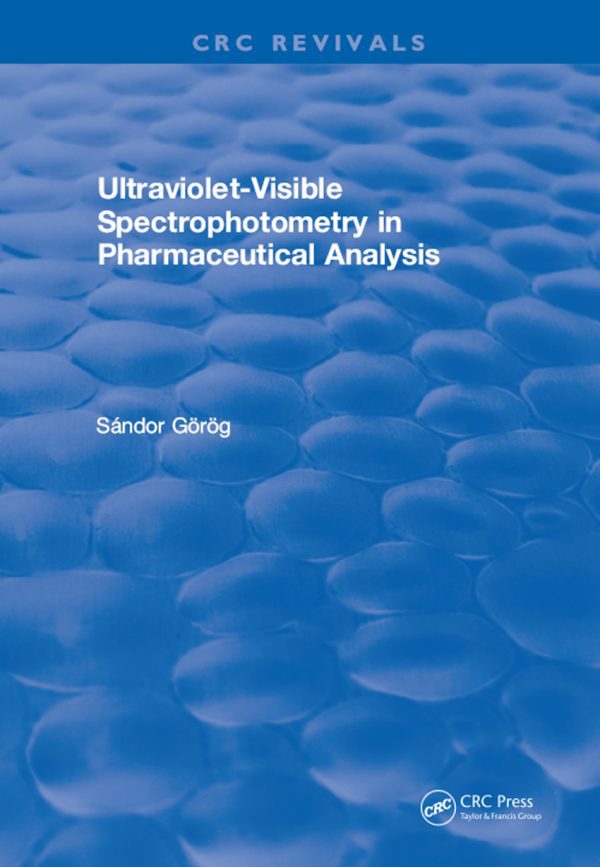
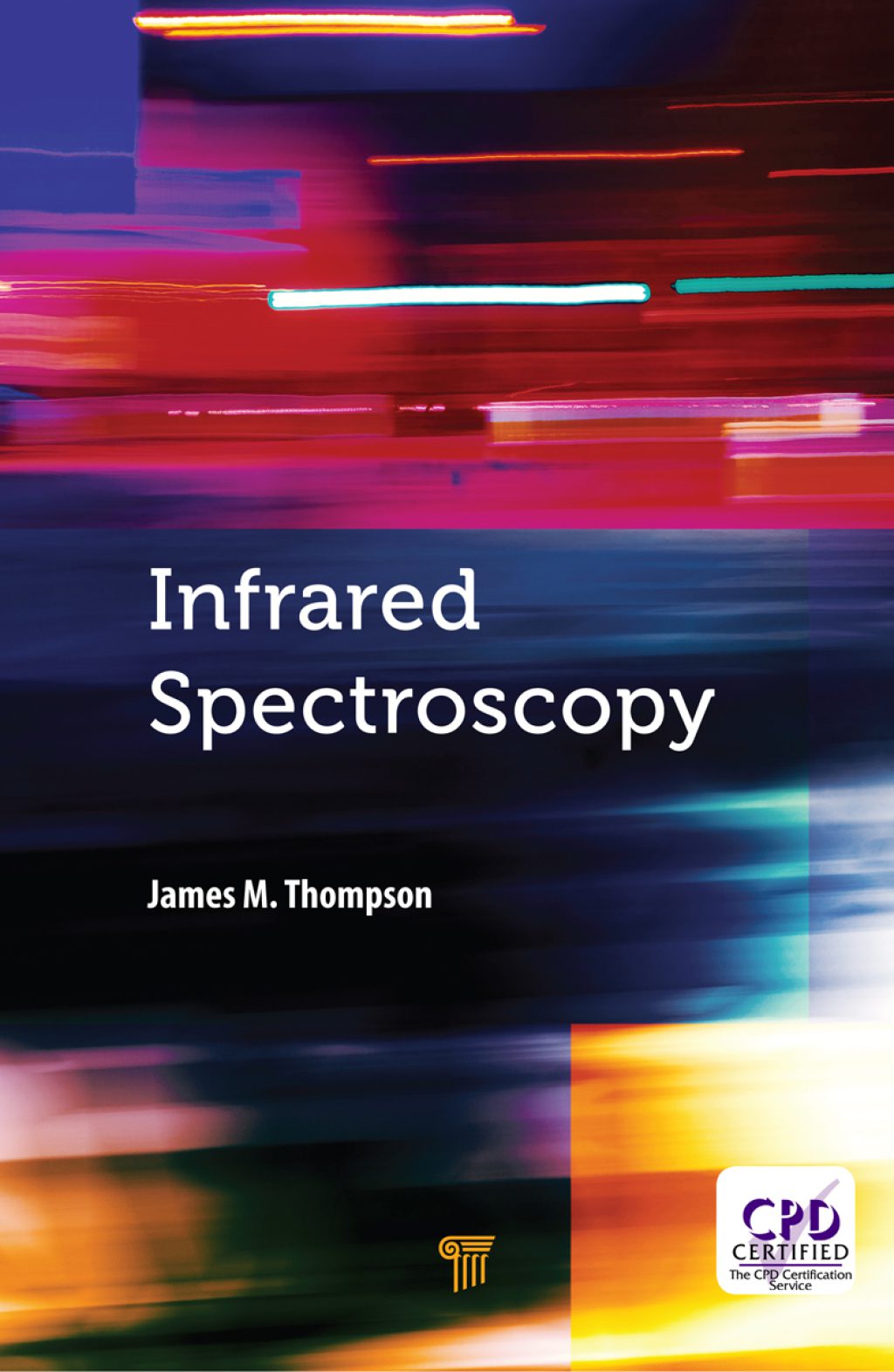
Reviews
There are no reviews yet.